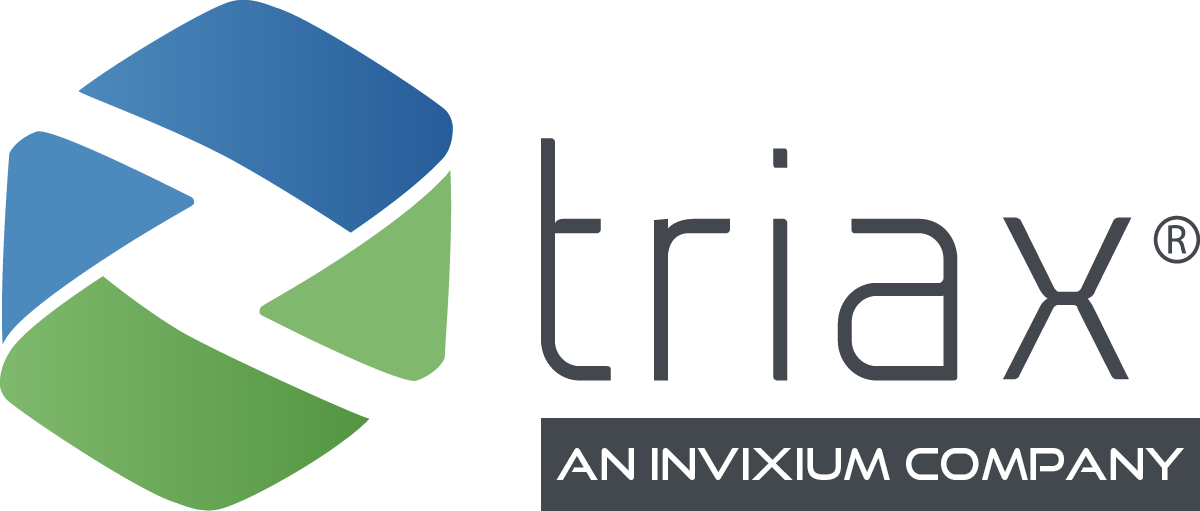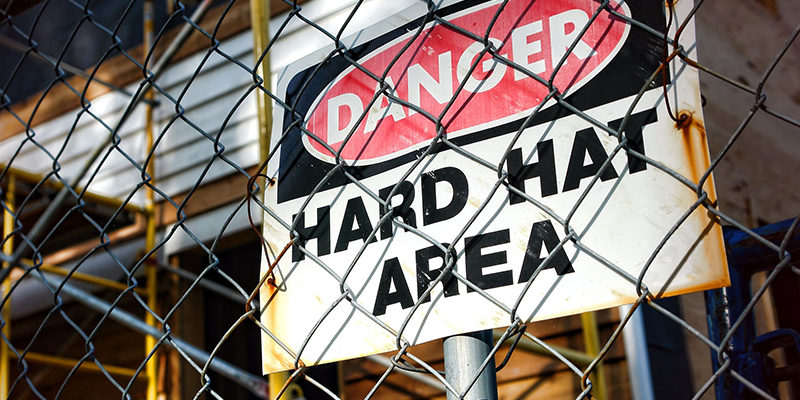OSHA, or the Occupational Safety and Hazards Administration, was founded in 1971 to create rules and guidelines regarding workplace safety. It is an agency of the United States Department of Labor, and its mission is to “assure safe and healthful working conditions for working men and women by setting and enforcing standards and by providing training, outreach, education, and assistance.” Simply put, OSHA sets workplace safety standards and trains individuals to meet them, providing help along the way.
As technology becomes commonplace on the jobsite, OSHA continues to discuss and evaluate technologies that can provide operational and safety visibility, streamline processes, and aid in the record-keeping of safety data.
DRONES: One of OSHA’s primary tasks is site safety inspections. With only 2,100 inspectors for 130 million workers, or one safety compliance officer for every 59,000 people, OSHA can turn to technology to stretch their resources and reach. Drones, for example, could streamline – and rapidly increase – the number of site inspections without sacrificing accuracy. With little investment, OSHA could work directly with contractors who are already utilizing drones at their jobsite to review footage and check in on site operations. This would shift the safety dialogue and relationship between OSHA and contractors, making it more of a helpful, safety partner on the job relationship.
WEARABLE TECHNOLOGY: Wearables can collect many types of information, including biometric data, slip trip and fall incidents, time on the jobsite, and more, that OSHA compliance officers can aggregate, assess and analyze. Systems like Spot-r by Triax, for example, automatically detect and record slips, trips, and falls, alerting supervisors on site, improving response time and helping to enhance overall site safety. Technology like this works directly towards OSHA’s mission to limit on-the-job injuries. Spot-r push button alert also allows workers to report other injuries or site hazards, which is more information than is currently available to OSHA, and could prove invaluable in their development of worksite safety procedures and recommendations.
Wearable tech can also streamline injury reporting and record keeping, which is required for contractors with 10 or more employees, and which OSHA has proposed to take online. With the new electronic record keeping rule, contractors must report digital illness and injury data, and technology that automatically measures and documents this information eliminates the manual work for contractors and also helps OSHA get a more standard picture of incidents, so they can improve regulations and programs.
PROXIMITY DETECTION: One of the biggest hazards on any construction job site involves the use of heavy equipment. Cranes, forklifts, cement trucks, excavators, dump trucks, and more must be able to navigate job sites safely, keeping all workers on-site in a safe path, too. A proximity sensor is a device that detects when an individual or object is within close proximity to another individual or object, which can help forewarn of an impending danger. For example, if a worker is walking directly into the path of a moving excavator, the proximity sensor can detect the equipment and send an alert to the nearest worker. In time, some technologies may even be able to apply the vehicle’s brakes for added safety. With more thorough testing and evaluation, this is the type of technology OSHA could recommend to meet their workplace safety goals.
OSHA realizes that a clear picture and understanding of risks on the jobsite is the first step towards providing clear, practical, actionable safety regulations, recommendations and outreach efforts. Just as technology is improving visibility and safety on the jobsite, technology has the power to transform – and expand – OSHA’s impact and reach. With the right tech and the right data, it’s possible for OSHA to understand which employees are at the highest risks, when safety issues are more likely to occur, and even where injuries are most likely to happen. Technologies like drones and sensor-based technologies can standardize and even enhance data collection and analysis, boosting safety in the construction industry.
Discover Cutting-Edge Worksite Technology Solutions from Triax Technologies
Looking for a worksite technology solution? With Triax, you can empower your workforce with advanced safety features, streamline incident reporting and record-keeping, and gain valuable insights for proactive safety measures. Contact us or request a demo of our IIoT platform to get started today!

